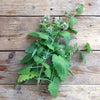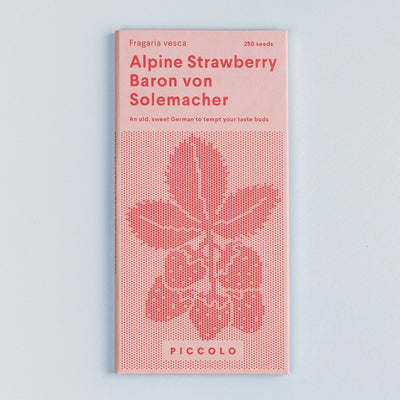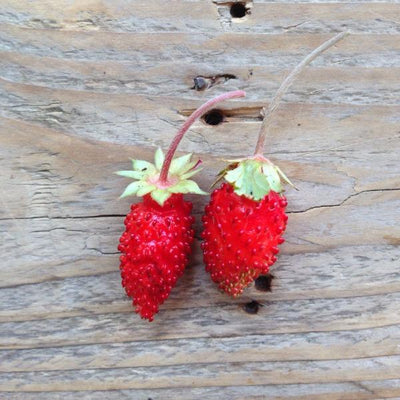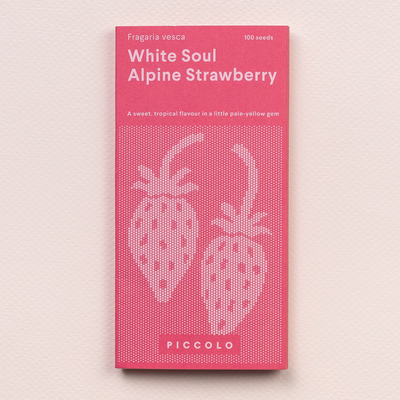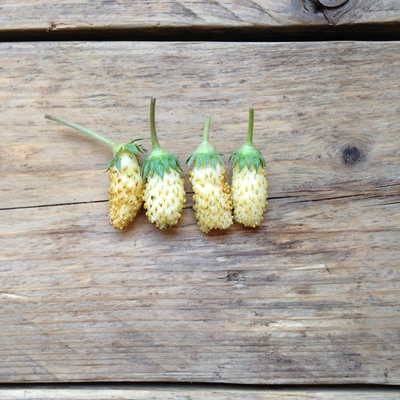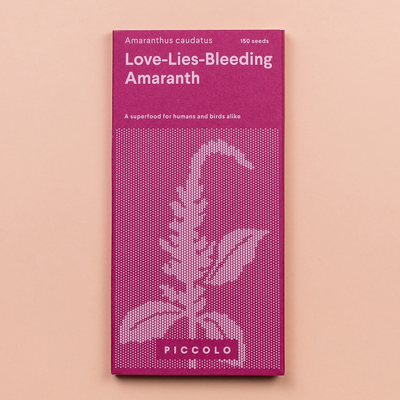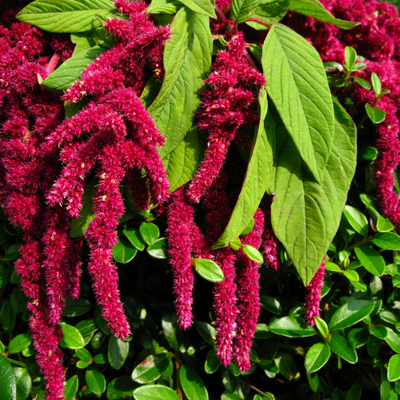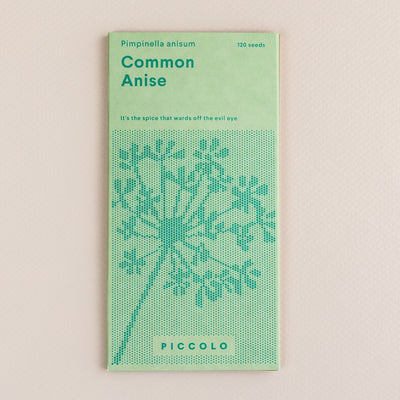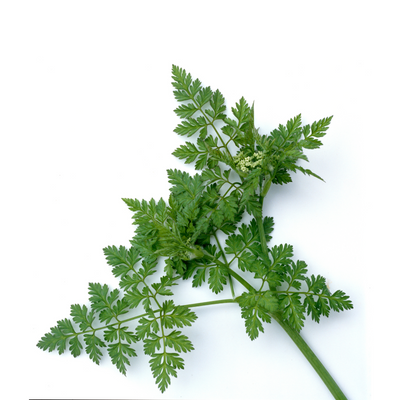Catnip Nepeta



Regular price €3.00
The name ‘Nepeta’ is derived from the Etrurian city of Neptic, where, historically, this catnip plant is thought to have grown extensively. In France, where catnip is called herbe aux chats, it was used to make tea, prior to the arrival of Chinese teas. Nowadays, the most well-known use of catnip is as a attractant for cats. It’s the nepetalactone compound that our furry friends are drawn to – it has strong behavioural effects across the cat family. It’s a little-known fact, however, that only two-thirds of cats are sensitive to catnip. The other third simply don’t enjoy those strange rubbing, rolling pawing, licking and chewing behaviours often seen in catnip-loving felines. What a pity for them!
Details
Latin name
Nepeta cataria
Name
Catnip
Quantity
300 seeds
Plant size
Height 50 cm
Width 20 cm
Container size
Height 30 cm
Width 30 cm
Companion plant
Mints, lemon balm, onions, garlic chives, chamomile.
How to grow
Sowing
Indoor Not required
Outdoor Feb-Mar
Timing
Germination 7-15 days
Harvesting 40-60 days
Spacing
When sowing 1-3 cm; Depth 0,5 cm
When thinning 3-5 cm
Growing
Sunligth Full sun to partial shade.
Soil Well-drained, light and poor soil.
Watering Regular watering, not overdone.
Feeding Addition of fertilizer is not necessary.
Caring
Expert tip If you set it, the cats will eat it: if you sow it, the cats won’t know it’.
Supporting
Pollinators
Attracts bees, butterflies.
Pests
Repels ants, aphids, beetles and cockroaches. Funnily enough, mice and rats also hate catnip!
How to eat
Harvesting
You can harvest catnip leaves at any time during the growing season. The oils that entrance cats so completely reach their peak, however, when the plant is in flower.
Eating
Medicinal properties Some believe that, when chewed, catnip root can make a person fierce and quarrelsome. It is also listed, however, as an effective sedative – particularly for children.
How to eat Young catnip leaves are edible raw. They have an aromatic, mint-like flavour and can be eaten in cold dishes. The fresh, young shoots are good in spring salads or rubbed into meat.


